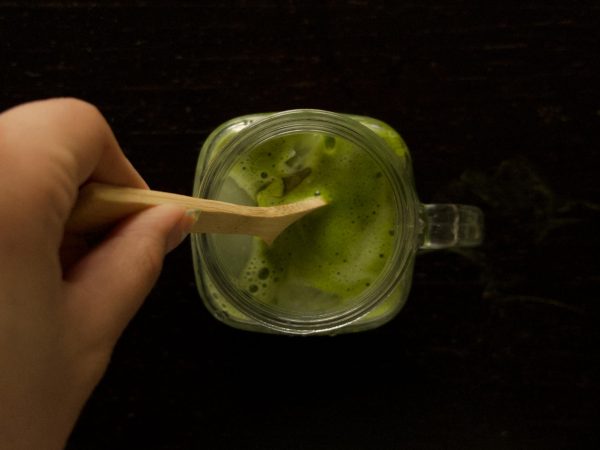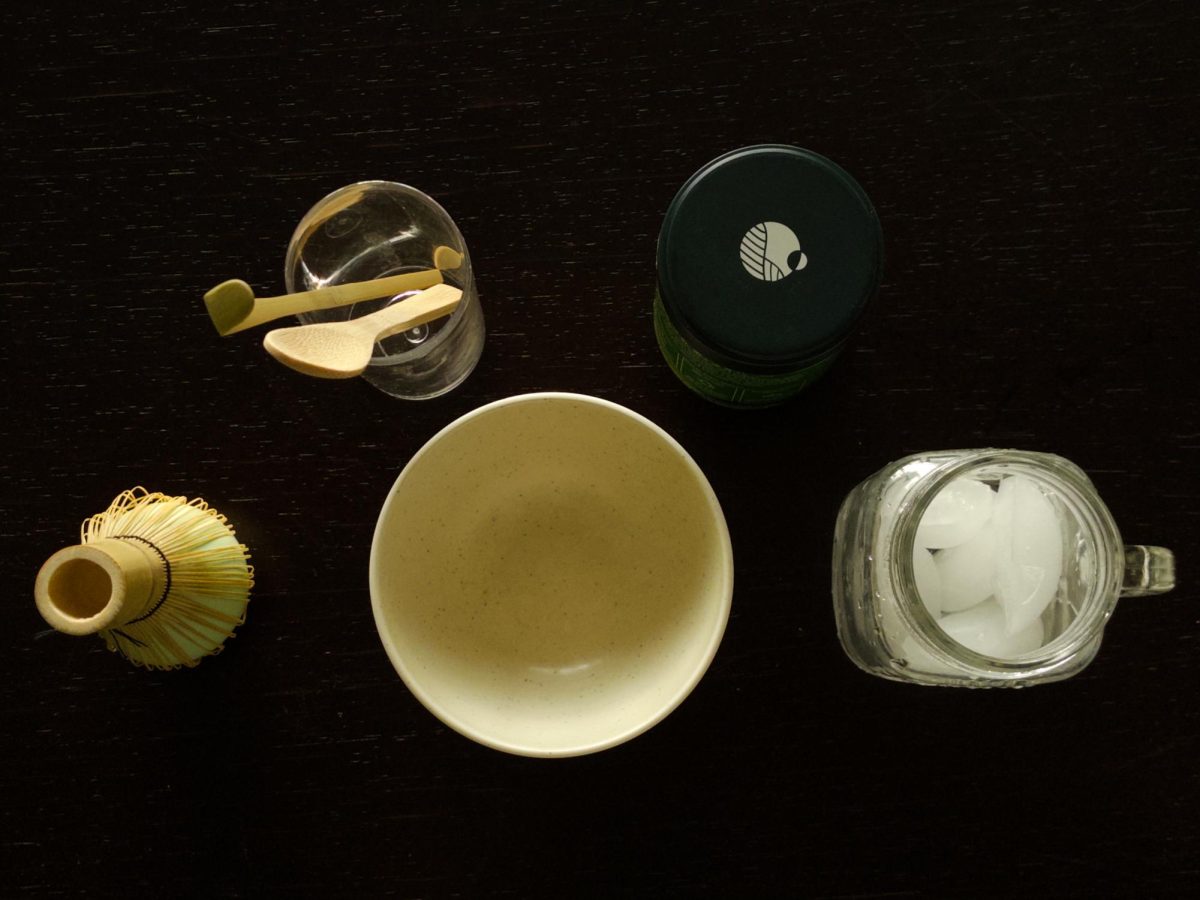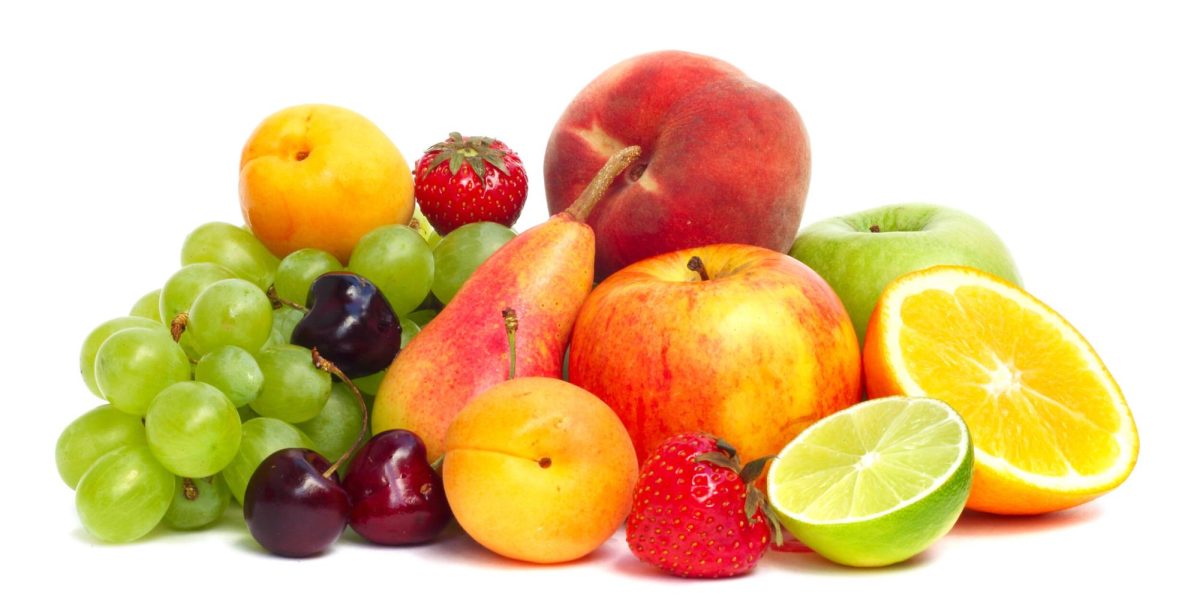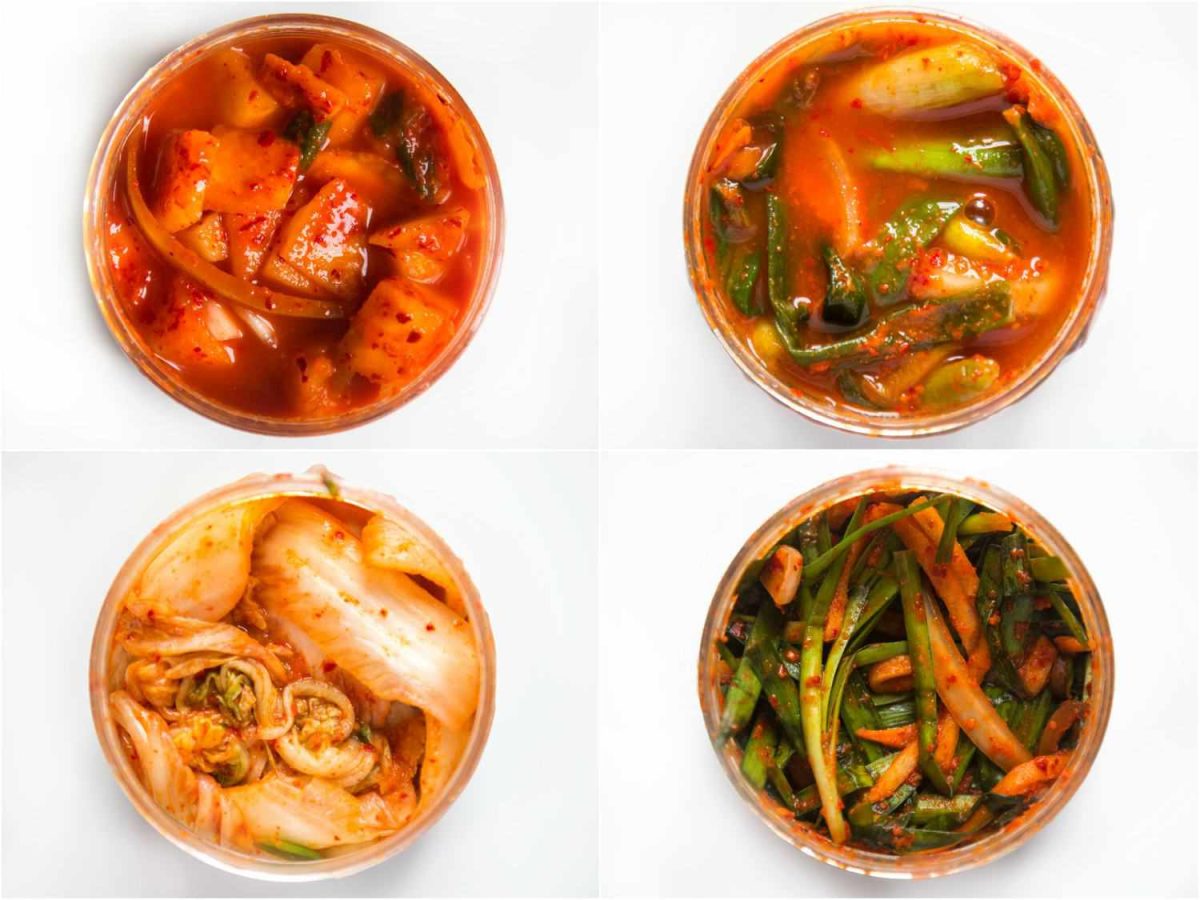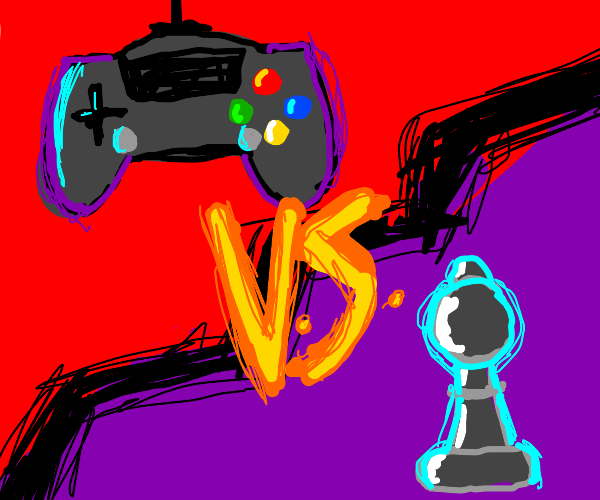Historically a traditional Japanese staple, matcha has evolved into Gen Z’s favorite “cool-girl drink,” spotted in nearly every cafe and social media feed. BCA is no exception to this trend, with 90% of 103 students reported having drunk matcha before. Whether it’s the appeal of its vibrant green color, the calming ritual of its preparation, or its reputation as a healthier coffee alternative, matcha has captured the attention, and wallets, of the younger generation.
History of Matcha
Matcha’s rich history dates back thousands of years to the Tang Dynasty in China, where tea leaves were steamed into bricks and then roasted.
Due to its limited production and rarity at the time, matcha was seen as a status symbol. This sense of exclusivity still exists, especially now as matcha’s surge in popularity has contributed to climbing prices and a shortage in production.
High-quality matcha in particular is very hard to come by and comes at a steep cost. As one student put it, “Finding authentic Japanese matcha is like coming across a unicorn, and even if you manage that, the price will probably range from $20 to $30 per ounce.”
Ceremonial vs. Culinary-grade Matcha
These prices may seem excessive for the average consumer, but enthusiasts are willing to pay top dollar for high-quality matcha.
One student said, “I spend a lot of money on matcha because it’s ceremonial grade, but the taste makes it worth it.” This term, “ceremonial grade,” supposedly signifies higher quality – for matcha, this means a rich, earthy taste, smooth texture, and finely milled powder.
In contrast, its counterpart, “culinary grade,” indicates matcha of lower quality that has a more subtle flavor and coarse texture. However, these labels are largely unregulated and often used as a marketing tactic rather than a true measure of quality.
Out of 103 BCA students, 40% of students reported that the label influences their choice of matcha purchases. With no official standards for what makes matcha “ceremonial” or “culinary,” consumers need to be cautious of deceptive marketing.
How to Make a Matcha Latte
One does not need $30 matcha powder to make a delicious matcha drink. 60% of BCA students reported using a supermarket matcha brand. While this is perfectly suitable, one should still be on the lookout for good quality.
A good rule of thumb: finely milled, vibrant green-colored powder is a good indication of high-quality matcha.
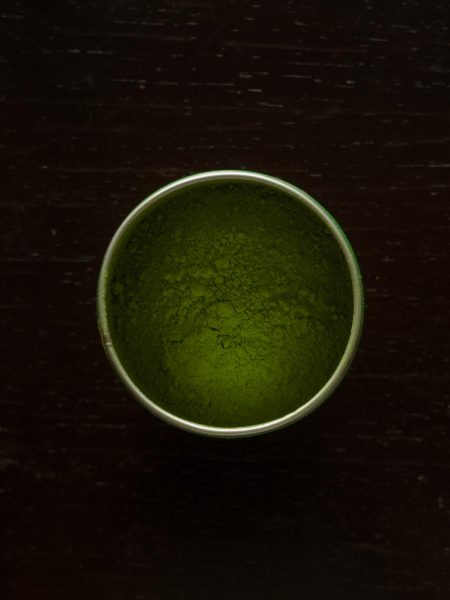
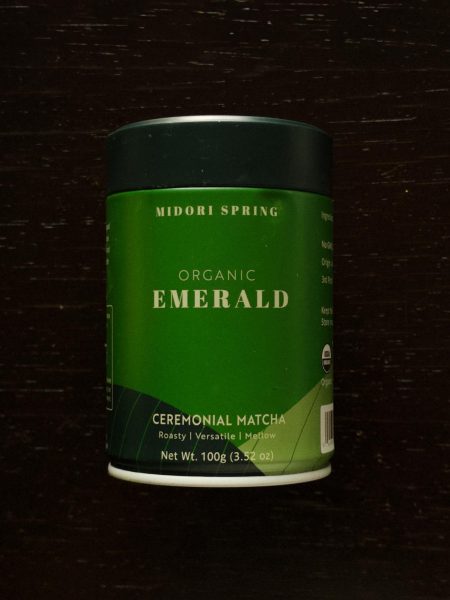
(Here is the matcha I use – it is $35 or $9.94/oz)
One way to drink matcha, highly popularized by social media, is to drink it as a latte. To make a matcha latte, start by sifting matcha powder into a small bowl.
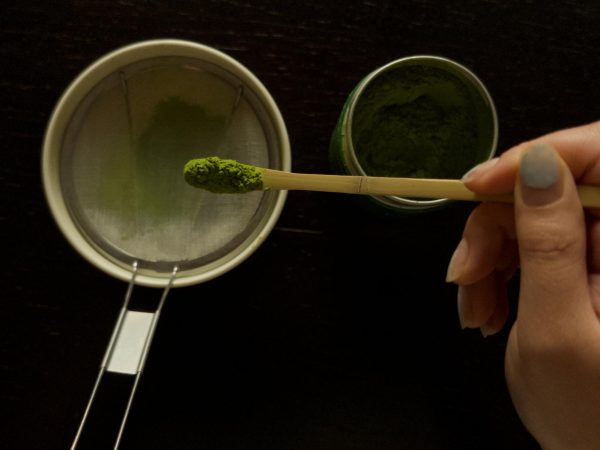
Then, add room temperature or warm water to dissolve the powder.
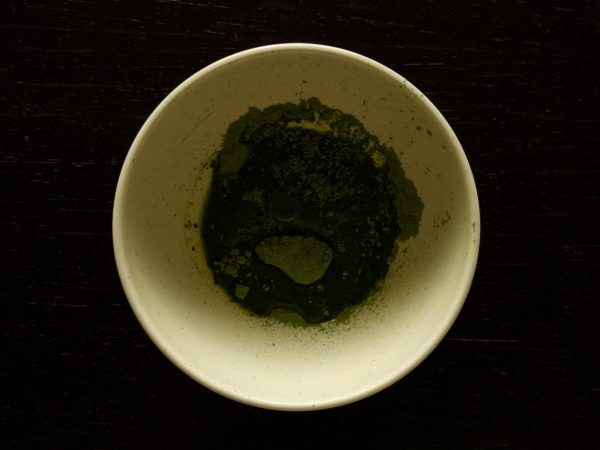
Whisk until foam forms using a chasen, a bamboo tea whisk. Alternatives include a milk frother or utensil.

Combine matcha, milk, ice, and an optional sweetener (maple syrup, honey, etc.) in a cup and the matcha latte is finished.
